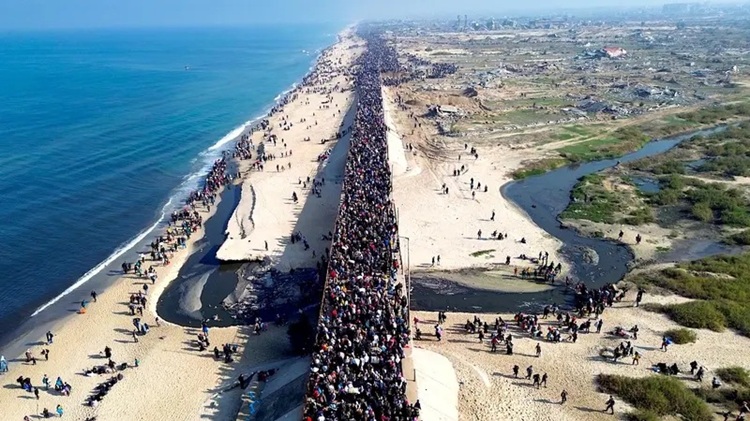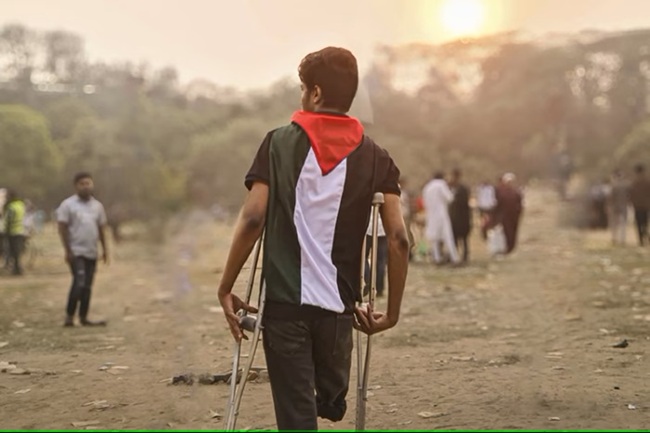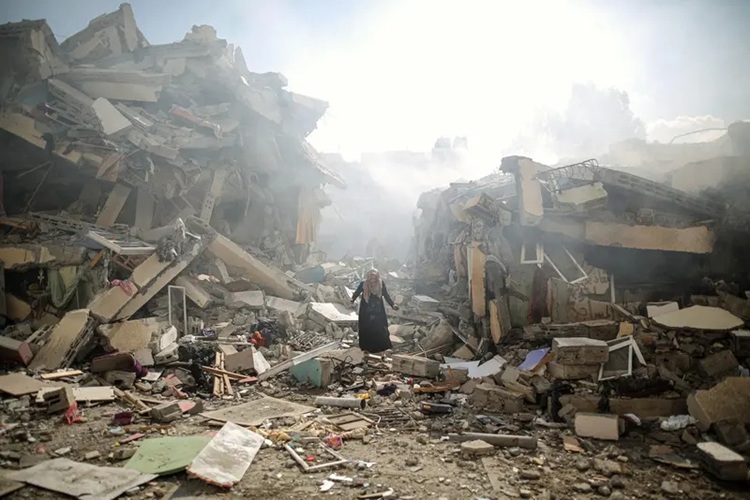Gaza In Ruins: The Environmental Toll of the Israel-Hamas War
Tim Weighart April 24, 2025
Gaza was already strugging with environmental challenges and then the war came…

Dear EarthTalk: What kind of environmental toll has the Israel-Hamas War taken on Gaza and other embattled zones in the region? —L.M. Ross, Summit, NJ
Although Palestine is a relatively small territory, it has historically been an ecologically rich area due to the abundant groundwater dispersed by sand wells throughout Gaza. More than 250 species of birds and 100 species of mammals rely on these sources of water. The health of Gazan wildlife, ecosystems and freshwater has been in decline for many decades, and has taken a sharper downtown since the war began.
When native Palestinians who lived in what is now Israel were driven from their homes in 1948, they sought refuge in Gaza.
But the growing population was concentrated in such a small area that daily demands for water skyrocketed over the decades, and freshwater became more scarce after Israel placed dams on the Wadi Gaza river. Water tables fell until saltwater infiltrated the aquifers, rendering most of the water undrinkable. Further misery arose due to inadequate sanitation systems to manage their waste.
All this has caused enough water pollution to make it impossible to irrigate Gazan farmlands. Two thirds of those farmlands have been destroyed by Israel’s bombardments, as well as more than 80 percent of Gaza’s trees and soils such that the region may face permanent desertification. Habitats like the Wadi Gaza Nature Reserve and the Al-Mawasi Sand Dunes have also faced bombings and increased pollution: Some 3.5 million feet of raw sewage and wastewater is flowing daily through Gaza, and open-air burning of 40 million tons of rubble and waste caused by the bombings is off-gassing hazardous chemicals.
Gaza’s humanitarian crisis is also greatly exacerbated by the regional effects of climate change. The war comes at an estimated cost of 60 million tons of carbon emissions via bombings and the construction of military structures. Temperatures were already extreme in the Middle East compared to most other parts of the world, and the loss of Gazan plants, trees and water will further increase the suffering.

Many scholars and activists have called on Israel to be held accountable for both their genocidal and climate crimes: As of April 8, 2025, over 52,000 people—50,810 Palestinian and 1,706 Israelis—have been reported killed in the Gaza war according to the official figures of the Gaza Health Ministry, as well as 166 media workers, 120 academics and over 224 humanitarian aid workers.
Over 30 percent of the victims have been children. Although the U.N. has started preliminary plans for eco- restoration in the Gaza Strip, it will be difficult to know the extent of the damage until the war is over. Regardless, it cannot be denied that the environmental devastation and human carnage of the ongoing war will impact many generations in Palestine and other vulnerable communities across the planet.
CONTACTS

• As War Halts, the Environmental Devastation in Gaza Runs Deep
EarthTalk® is produced by Roddy Scheer & Doug Moss for the 501(c)3 nonprofit EarthTalk. See more at https://emagazine.com. To donate, visit https://earthtalk.org. Send questions to: question@earthtalk.org
